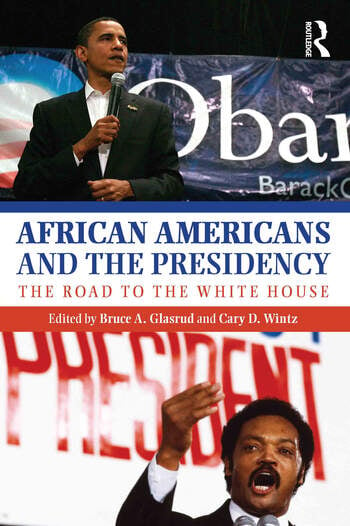Mixing Up the Game: Social and Historical Contours of Black Mixed Heritage Players in British Football
Mark Christian, Professor & Chair of African & African American Studies
Lehman College, City University of New York
pages 131-144
in the volume Race, Ethnicity and Football: Persisting Debates and Emergent Issues
Routledge
2011-03-29
288 pages
Hardback ISBN: 978-0-415-88205-7
Edited by:
Daniel Burdsey, Senior Lecturer of Sociology
Chelsea School of Sport
University of Brighton

INTRODUCTION
As the world comes to terms with the reality that the most powerful man on earth, President Barack Obama, is of African-American (mixed heritage) background, it is evident that multiracial heritage has become a popular subject matter. Yet much of this interest stems from the fact that history has been made in terms of a person of colour holding court in the most powerful office in the world. That stated, the social world of mixed heritage persons continues to be one of mixed fortunes. In relation to football, however, there is little doubt that the emergence of players of mixed heritage is palpable in the English Premier League and England team set-up.
This chapter primarily focuses on the socio-historical experiences of black mixed heritage’ footballers within the context of British society. What qualifies me to write on such a subject as black mixed heritage footballers in the UK context? In the world of social science, my social background and academic training would probably be deemed “organically connected” to the phenomena under scrutiny. Indeed having been raised in the city of Liverpool in the 1970s and 1980s, I am acutely aware of both British football and institutional racism. Moreover, my black British heritage and intellectual interests have intersected with my love for the beautiful game and the experience of black British players in general.
Additionally, I played for over a decade in the amateur football scene in Liverpool during the 1980s in predominantly black mixed heritage teams based in Toxteth/Liverpool 8, winning league titles and cups on a regular basis. During the 1980s, both of the city’s professional clubs, Everton and Liverpool, had very successful teams, yet it was rare to see a black face on the pitch or on the terraces. Racialised relations were rather poor, and it was difficult for local blacks in the city to go beyond the boundaries of Toxteth/Liverpool 8, where the majority resided, without incurring physical threats to one’s life. Moreover, the city council also had an appalling record of discrimination in employment against its local black population (Gifford et al. 1989).
Most importantly, beyond the structures of institutional racism in Liverpool, I know what it is like to be called a “black bastard” while playing a game of football. Indeed, racism was rife in amateur football on the pitch and in the professional game on the terraces. I recall John Barnes making his England debut in 1983, and later the chants of the England supporters: “there ain’t no black in the Union Jack, Johnnie Barnes, Johnnie Barnes”—a chant that would lead the academic Paul Gilroy (1987) to coin the phrase for his bestseller There Ain’t No Black in the Union Jack…
…HISTORICAL CONTEXT OF BRITISH MIXED-NESS
Britain has a long history of amnesia in what could be deemed a “racialised mongrelisation” memory loss. After all, it is a state that has historically “mixed” with many cultural groups. To be sure, since the earliest times of British history, peoples with varied ethnic backgrounds, beliefs, languages and cultures have settled in Britain; from the Neolithic, Bronze and Iron Ages (5000 BC-100 BC) to the Roman Britain era (55 BC-410 AD). Briefly, the Picts, Celts, Romans, Saxons, Angles, Danes, Jutes, Vikings and Normans are key historical cultural groups that led to the “normative” white ethnic category now described homogenously as “white” and singular in authoritative government census surveys…
Read the entire chapter (by permission of the author) here.








